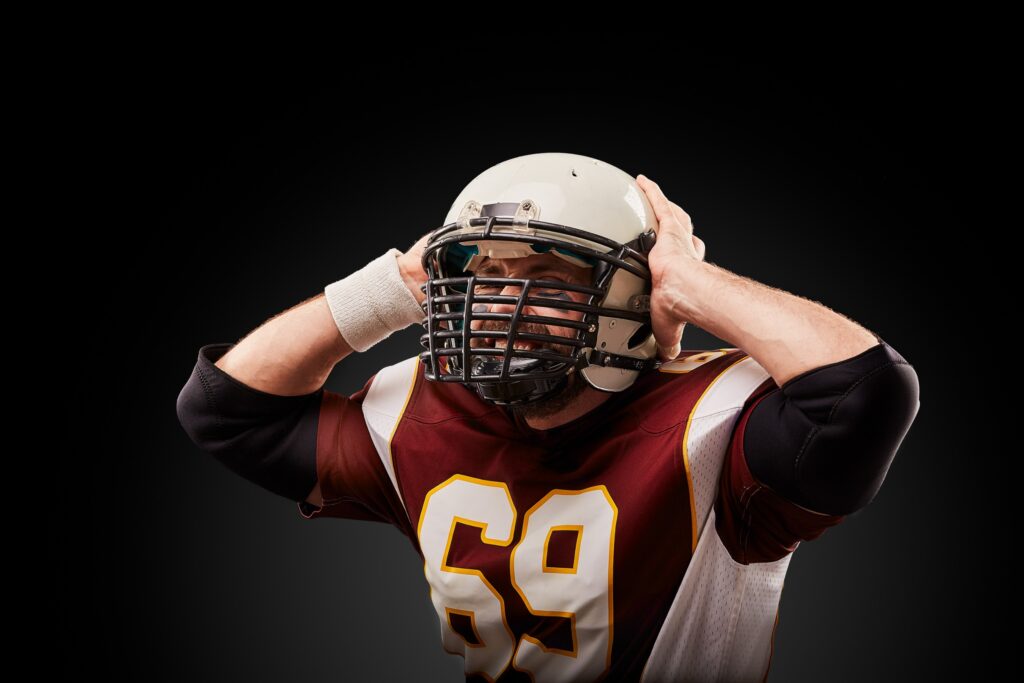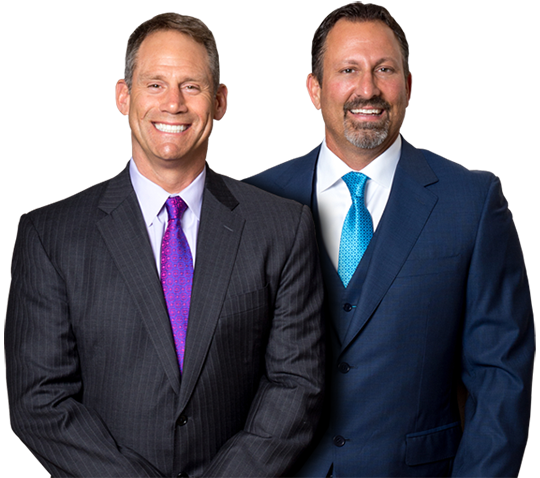
Males playing football have a 75% chance of sustaining concussions, and female soccer players have a 50% chance. The Center for Disease Control has estimated that somewhere between 1.6 million and 3.8 million concussions occur each year. Clearly, concussion injuries are widespread among athletes.
But instead of turning the other cheek about a controversial sports injury, we can all become more knowledgeable. New studies and statistics on both the short and long-term repercussions of concussions have come to light, alongside a popular movie about the effects of head injuries in sports.
More Americans than ever are talking about what can be done to prevent such dangers, especially in youth contact sports. Schools and states are implementing entirely new concussion protocols, special protective gear is coming online, and parents are joining forces with coaches and trainers to ensure the safety of children in highly physical sports.
At Lerner and Rowe, we meet with accident victims every day, so we encourage everyone to continue to talk and learn about the seriousness of concussions and how they can impact people and families of all ages.
What Is a Concussion?
The Mayo Clinic describes a concussion as “a traumatic brain injury that alters the way your brain functions. Effects are usually temporary but can include headaches and problems with concentration, memory, balance and coordination.”
How Do Concussions Typically Occur?
Usually from a strong blow to the head, but a concussion can also result when the head and upper body shake violently. The injury, which can happen to anyone during any accident involving the upper body. This transpires when the soft tissue of the brain forcefully knocks against the inner walls of the skull.
How Do You Identify a Concussion?
Generally, a concussed person shows some symptom related to a headache, loss of memory and/or confusion. However, some signs are subtle (fatigue, light sensitivity, sleep disorders, etc.) and are missed because they’re not immediately apparent. In fact, nearly half of athletes report no symptoms at all after a concussive blow. Luckily, schools and athletic programs are becoming more adept at helping athletes identify, monitor and recover from concussions.
How Do You Recover From a Concussion?
Rest is the No. 1 healing agent. It’s important for both children and adults suffering from a concussion to get reliable rest at night. Concussed people should also avoid high-risk activities that could cause another blow to the head, as well as physically demanding daily chores that could slow recovery. Other key elements include eating well, avoiding alcohol, limiting computer time and delaying air travel until you get an “all clear” from a doctor.
This discussion just skims the surface of concussions. If sustained enough times can lead to serious health issues later in life. The best thing we can do to keep our loved ones safe is to be aware of the warning signs—and continue the concussion conversation.
Contact us today to find out more info! Our office hours range from 8:00 a.m.-5:00 p.m. Monday through Friday, and we also answer our phones at 844-977-1900 24/7. You can reach us through our online form or our LiveChat service.



